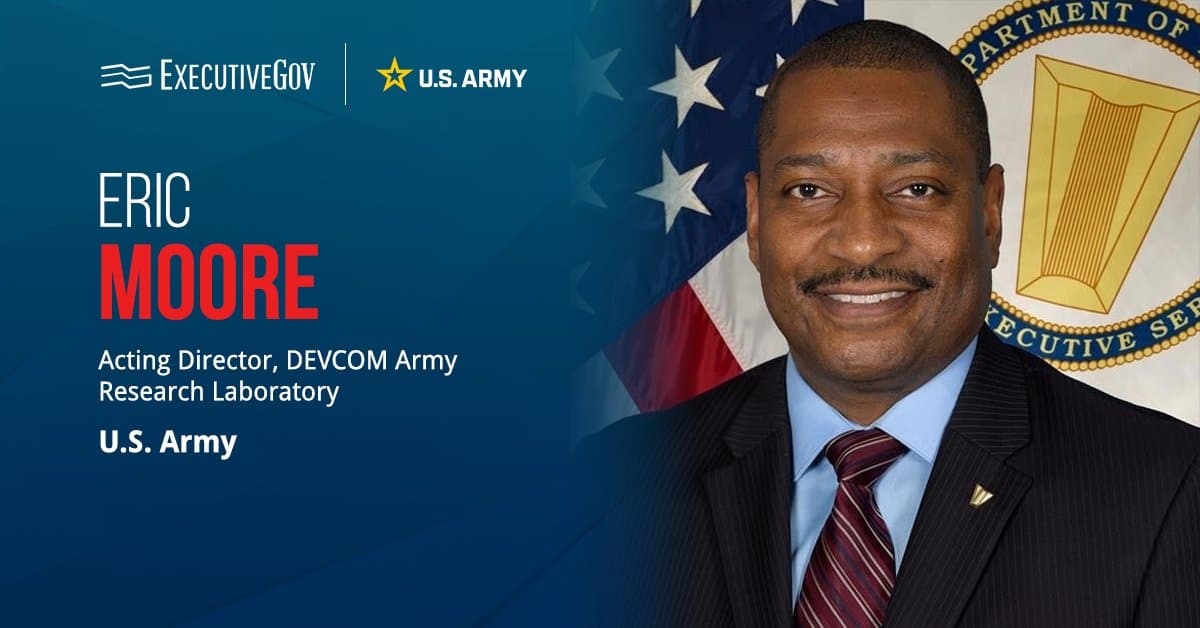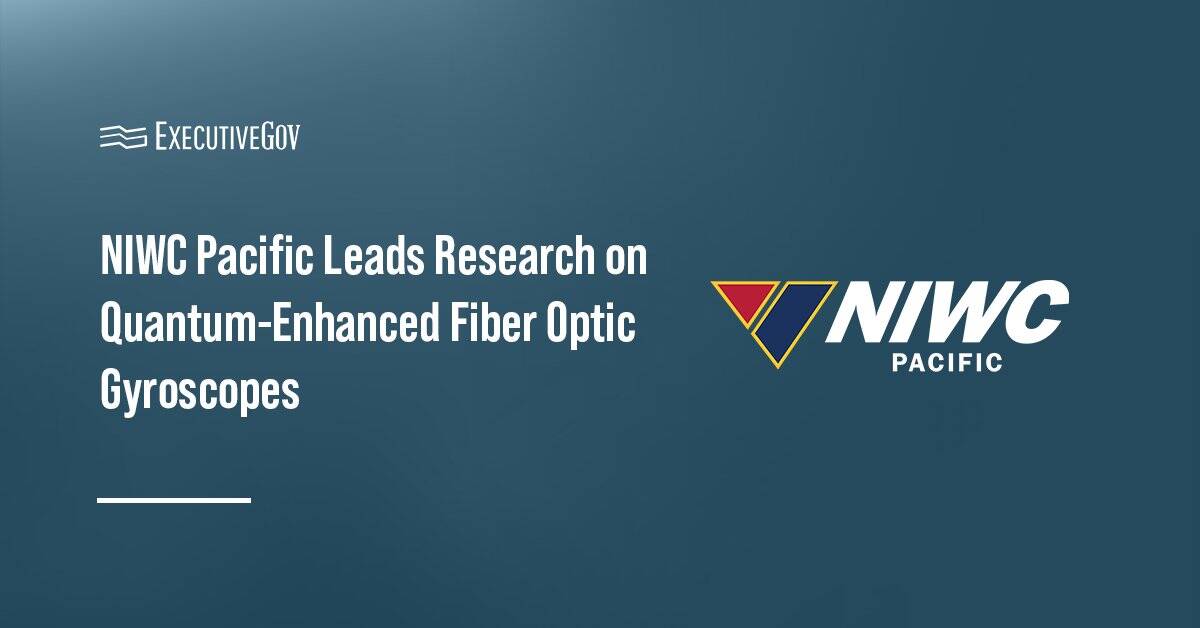 Department of Veterans Affairs Secretary Robert Wilkie has said VA will work closely with the Defense Department over the next decade in efforts to deploy and ensure interoperability of their updated electronic health record systems., FedScoop reported Thursday.
Department of Veterans Affairs Secretary Robert Wilkie has said VA will work closely with the Defense Department over the next decade in efforts to deploy and ensure interoperability of their updated electronic health record systems., FedScoop reported Thursday.Wilkie said at the American Legion National Convention that Defense Secretary Jim Mattis instructed him to make VA’s electronic health care system work to continuously record the medical data of U.S. warfighters during and after military service.
As part of its health IT modernization effort, VA awarded Cerner a potential 10-year, $10 billion contract in May to help the department adopt the same EHR system as DoD.
VA’s Office of Electronic Health Record Modernization, led by Genevieve Morris, will oversee the preparation, deployment and maintenance of the platform and support tools.





